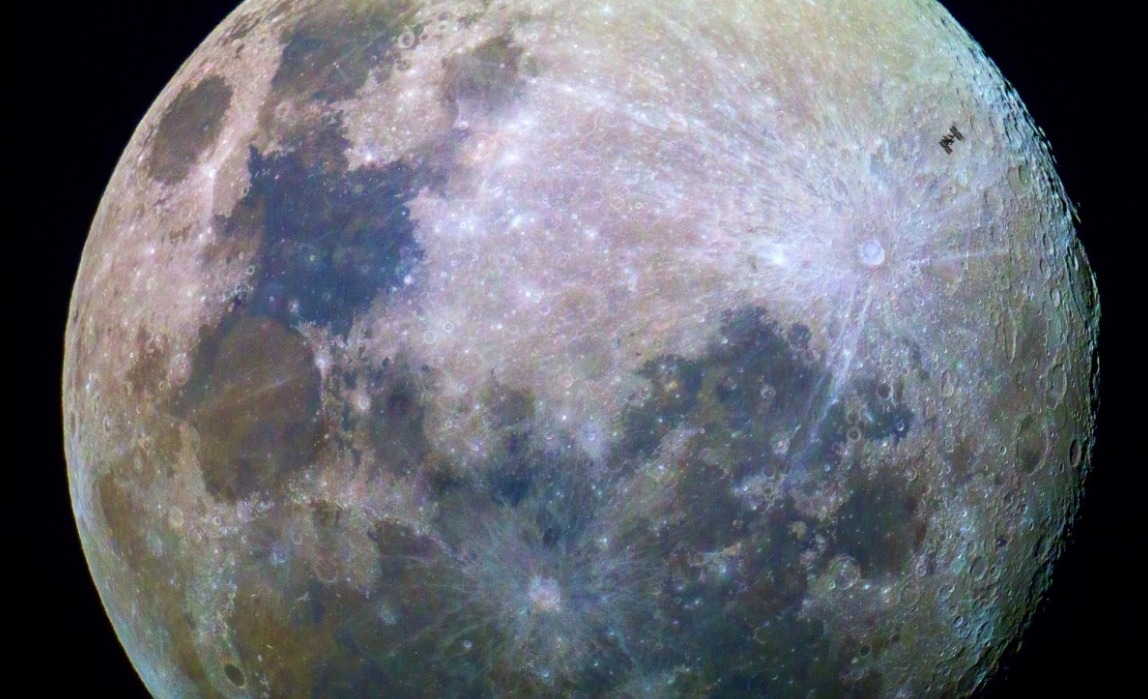Many of us will be able to see the sight during the day and night, depending on where you live. Although this one doesn’t include an eclipse like January’s Blood Wolf supermoon, it’s still worth a gaze. March will be the last super full moon of the year, but we can look forward to super new moons if you’re into that.
For the extra curious out there, full supermoons are less common than other moons (even though Earth only has one) but there are varying degrees as to what qualifies as one. EarthSky explains that going by Richard Noelle’s 1979 definition, it means this:

“A full moon or new moon has to come within 90 percent of its closest approach to Earth to be dubbed a supermoon. In other words, any full moon or new moon that comes to within 224,775 miles or 361,740 km (or less) of our planet, as measured from the centers of the moon and Earth, is a supermoon.”
Not every scientist agrees with this approach, but it is enough to get the general public excited and staring out of our winter windows at night. When the man in the moon is this close, why not go outside and give him a quick wave? Surely, the kids will love it!
Will you be taking a peek at the Snow Moon this month? Do you do anything special for supermoons or full moons in general? Notice any odd things during full moons?
Sources: Earthsky.org







